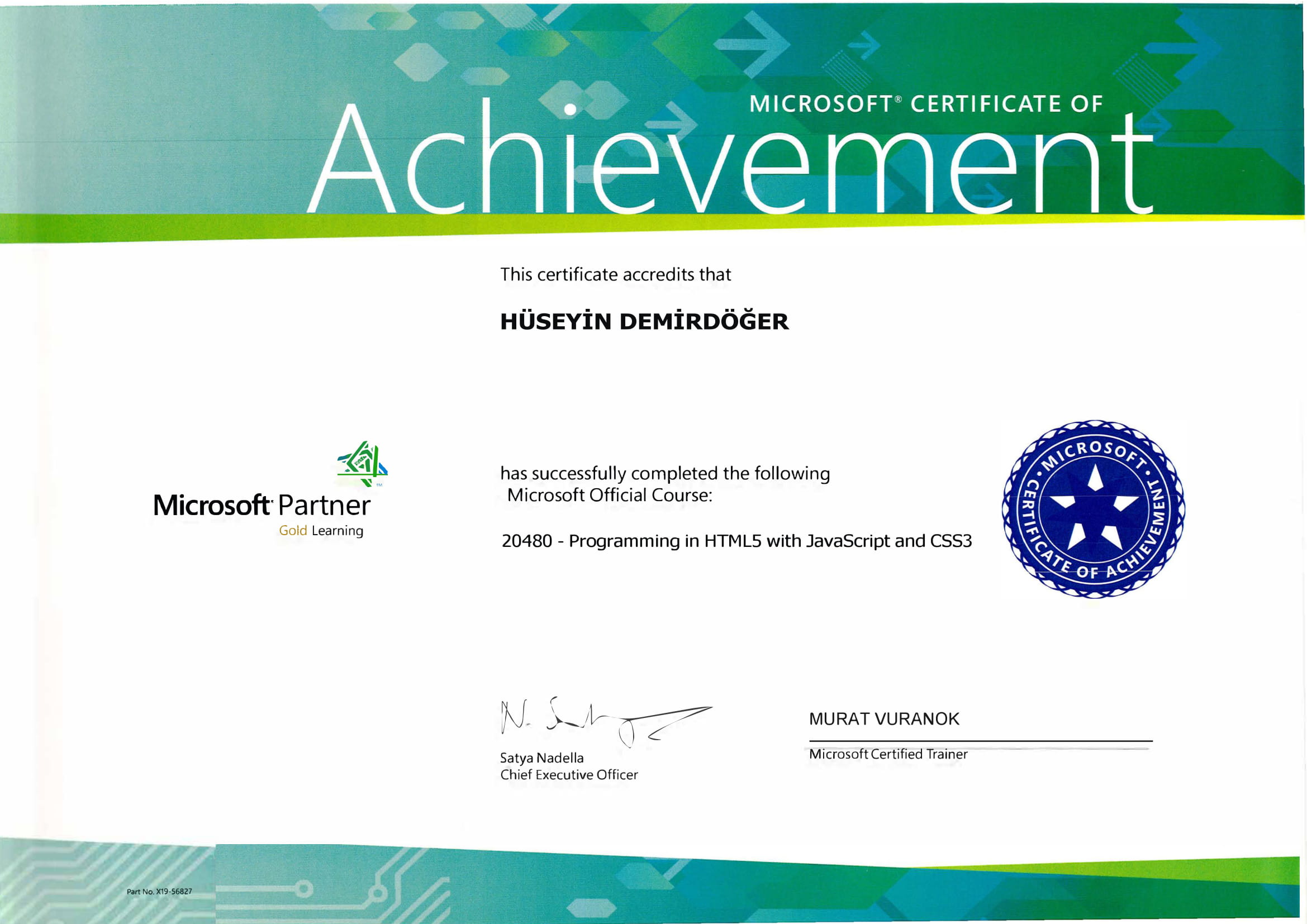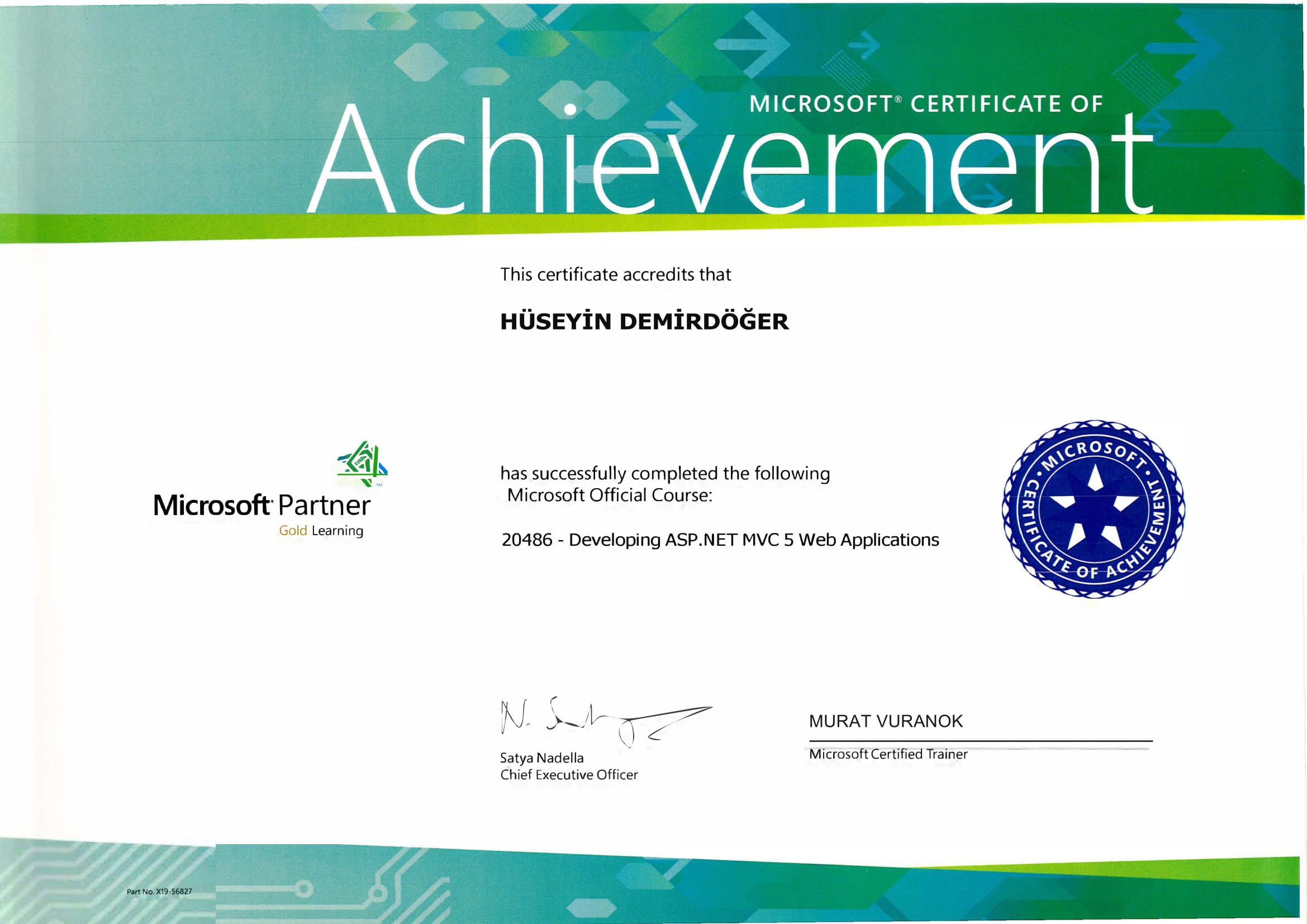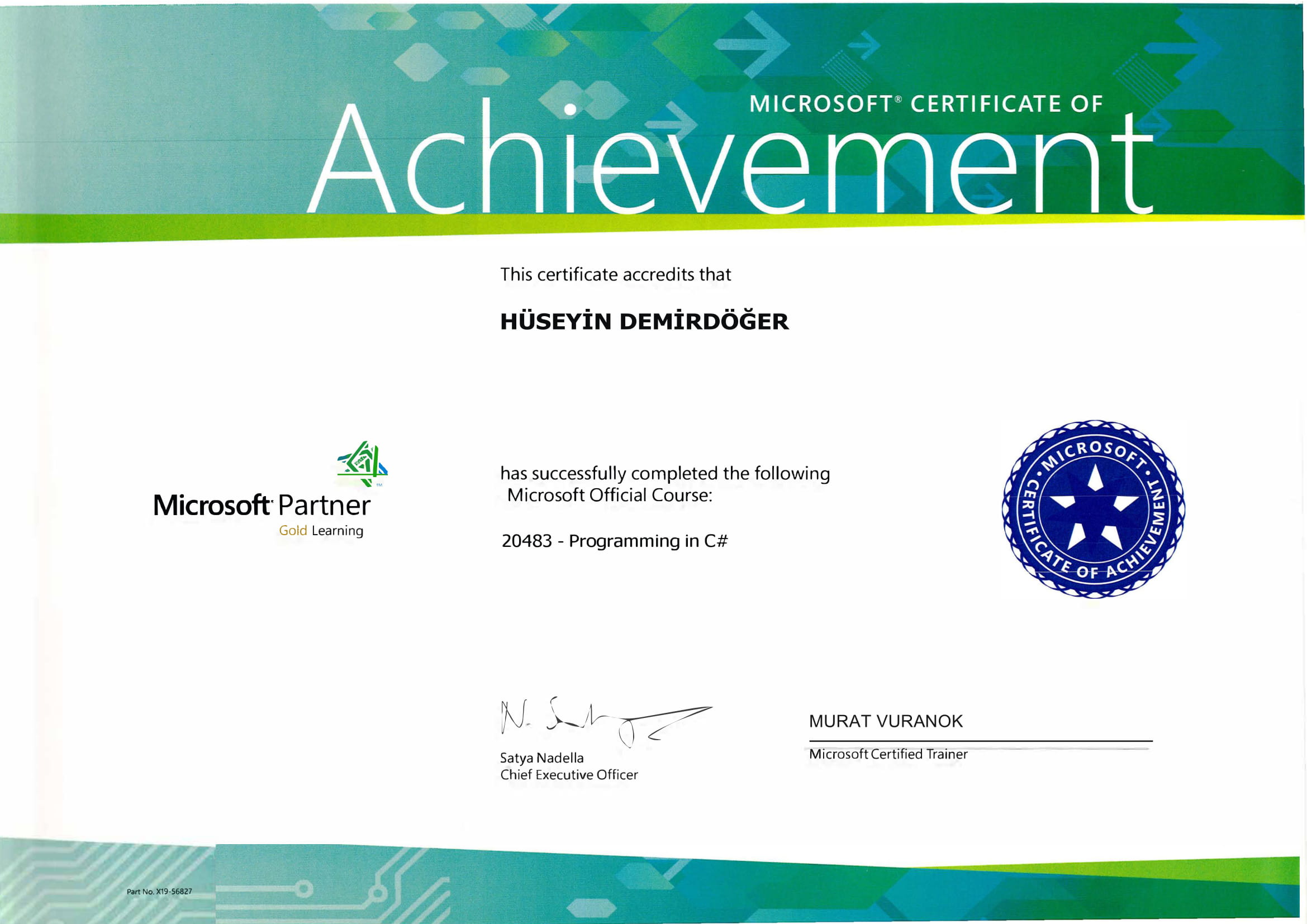Experiencing application crashes, access violations, or installation failures on Windows can be a frustrating ordeal, especially when dealing with the notorious error code 0xc0000005. This error often signals underlying issues with your system's memory or corrupted files. While it may seem daunting, resolving this error is entirely possible with a step-by-step approach. Let's dive into the solutions that can help restore your system's functionality and get your applications running smoothly again.
Understanding the Windows Error Code 0xc0000005
The error code 0xc0000005 is essentially a catch-all code that Windows uses to indicate several types of problems. It usually arises during program installations, application launches, or even during system boot processes. Primarily, this error is associated with:
- Access Violation: When a program attempts to access a memory location not allocated to it, leading to a crash.
- Incomplete or Corrupt Installation: Improper installation of software can result in this error during program execution.
- Registry Errors: Dysfunctional or corrupt registry entries might cause persistent errors.
Step-by-Step Guide to Fix Windows Error Code 0xc0000005
1. System File Checker (SFC) Scan
Running an SFC scan will check and repair missing or corrupted system files. This is often a good first step in tackling the issue.
- Open Command Prompt as an administrator.
- Type
sfc /scannowand press Enter. - Wait for the scan to complete and attempt to run the problematic program again.
2. Check your RAM
Sometimes, the error relates to faulty RAM. To diagnose:
- Use the Windows Memory Diagnostic Tool to scan your RAM for errors.
- Swap out RAM modules if you have extra or test the existing ones in different slots.
3. Disable Data Execution Prevention (DEP)
DEP is a security feature that might inadvertently block certain programs, causing the error.
- Right-click "This PC" and select Properties.
- Go to "Advanced system settings" and click on the "Settings" button under Performance.
- Navigate to Data Execution Prevention and add any problematic applications to the exception list.
For additional guidance on solving similar issues, you might find this guide on Windows Error Code 0x8007007E helpful, which tackles application crashes due to DLL issues.
4. Update or Rollback Drivers
Outdated or corrupted drivers can also cause this error. Consider:
- Updating your device drivers through the Device Manager.
- Rolling back to a previous driver version if the issue began after a recent update.
5. Clean Boot
Performing a clean boot can help identify if background services or startup items are causing conflicts.
- Open System Configuration from the search box.
- Under the Services tab, check "Hide all Microsoft services" and then click "Disable all".
- In the Startup tab, click "Open Task Manager" and disable all startup items.
- Restart your computer and test for the error again.
For further troubleshooting tips, this article on fixing application launch failures can provide valuable insights.
Conclusion
While the Windows error code 0xc0000005 can be quite a nuisance, following these steps systematically often resolves the issue. It's always a good idea to ensure your system is well-maintained by regularly updating software, drivers, and performing routine scans to keep everything in tip-top shape. Have you encountered this error before, and how did you resolve it? Share your experiences or any additional tips you might have.
In some cases, you might need to consult external sources for specific solutions. A detailed approach to solving related errors like those found in the 0xc000007b error guide can also shed light on tricky debugging scenarios.


















